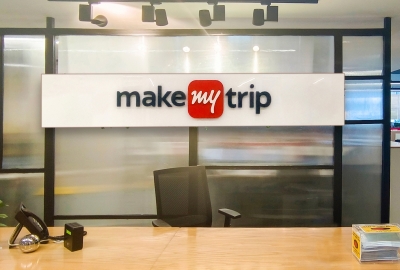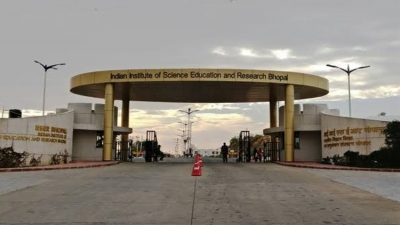Tech
MakeMyTrip introduces Microsoft AI to make travel more inclusive, accessible

Tech
Chinese spacecraft returns to Earth after spending over 9 months in orbit
Tech
Centre asks ICEA, MAIT to ensure FM Radio is active in all mobile phones
Tech
IISER Bhopal team creates organic molecules that emit near-infrared light
Tech
Leading biotech firm Twist Bioscience lays off 270 employees
Tech
Android’s Nearby Share now available globally for Windows
-
Tech12 months ago
ChatGPT’s arrival raises personal data theft, hacking risks many times over
-
Entertainment1 year ago
Mohit Malhotra joins ‘Bhagya Lakshmi’ cast as a kind-hearted businessman
-
World1 year ago
Women not wearing hijab will be refused entry to Tehran Metro
-
Business12 months ago
Overall connected vehicle tech grows 60% in India in Q1
-
Entertainment1 year ago
With ‘Agent’ behind her, Saiee Manjrekar opens up on her career trajectory
-
Entertainment1 year ago
Kylie Jenner, Timothee Chalamet enjoy taco date amid romance rumours
-
Entertainment1 year ago
As ‘KGF 2’ celebrates one year, production house hints at ‘Chapter 3’
-
Fashion1 year ago
Ishaan Khatter goes shirtless in mirror selfie, flaunts perfect abs
-
Entertainment1 year ago
Jamie Foxx has ‘8 unfinished working days’ on new film after medical emergency
-
Business1 year ago
6 Digital Currency Tips: For Beginners




































